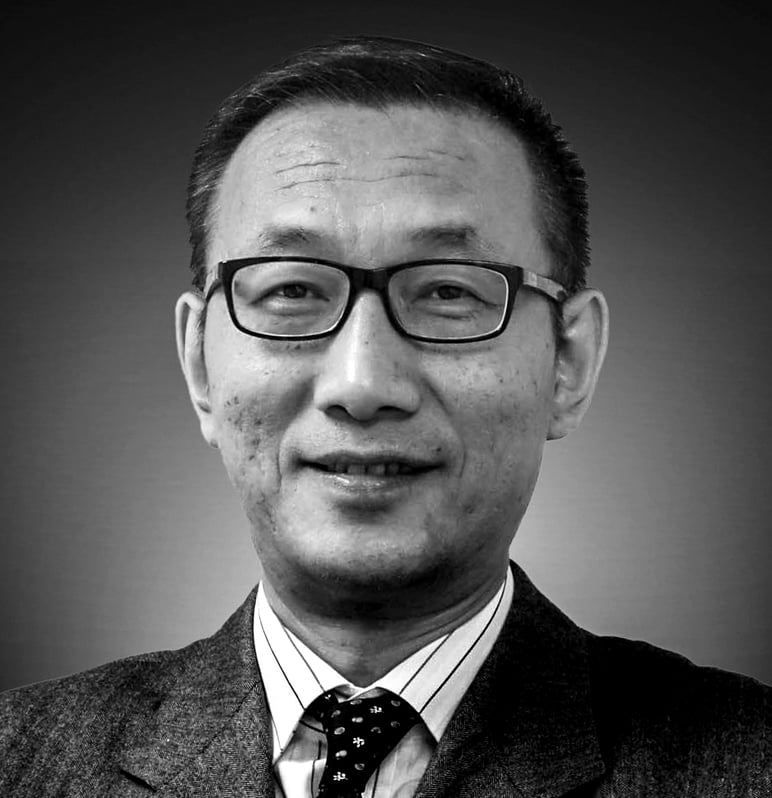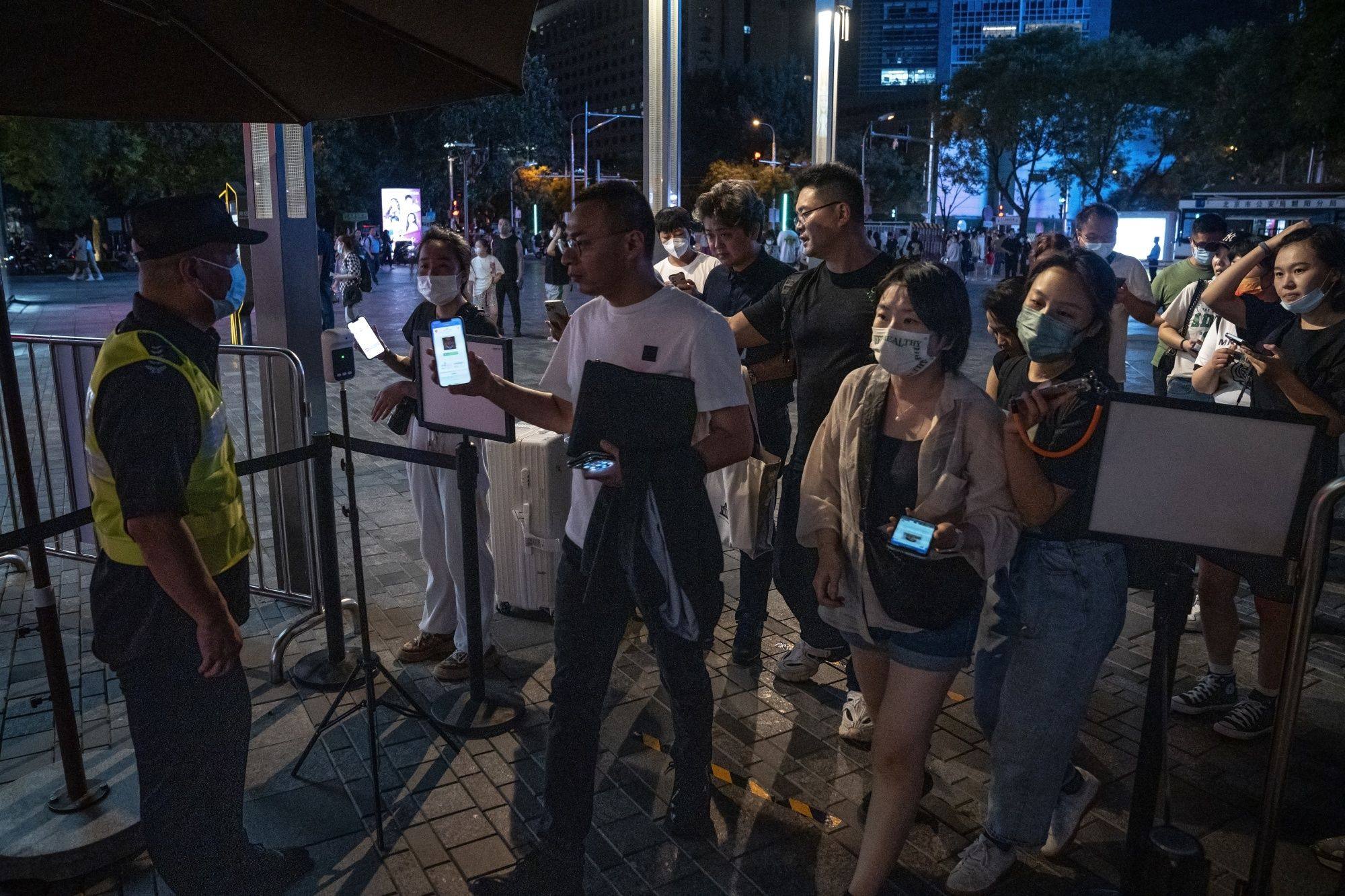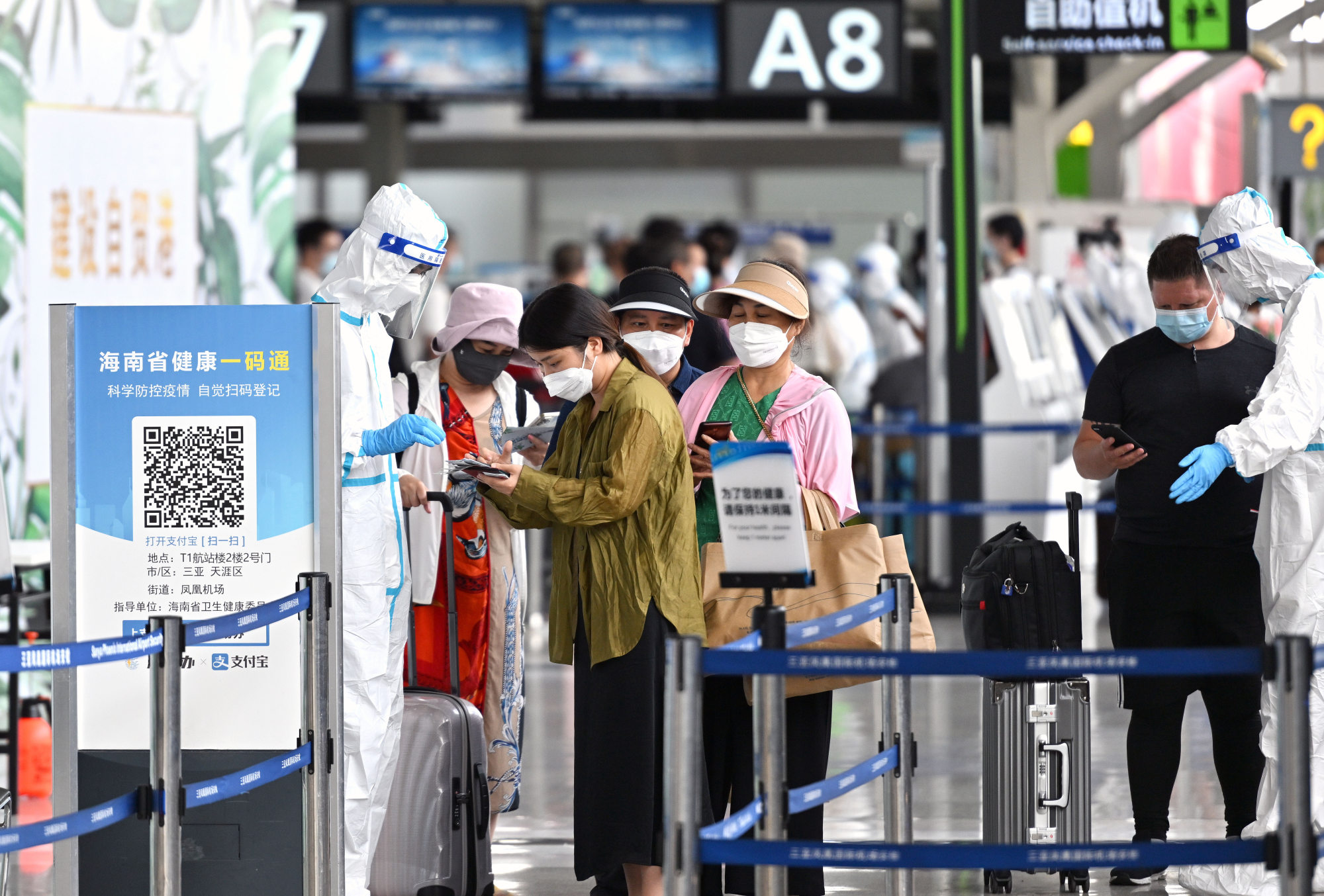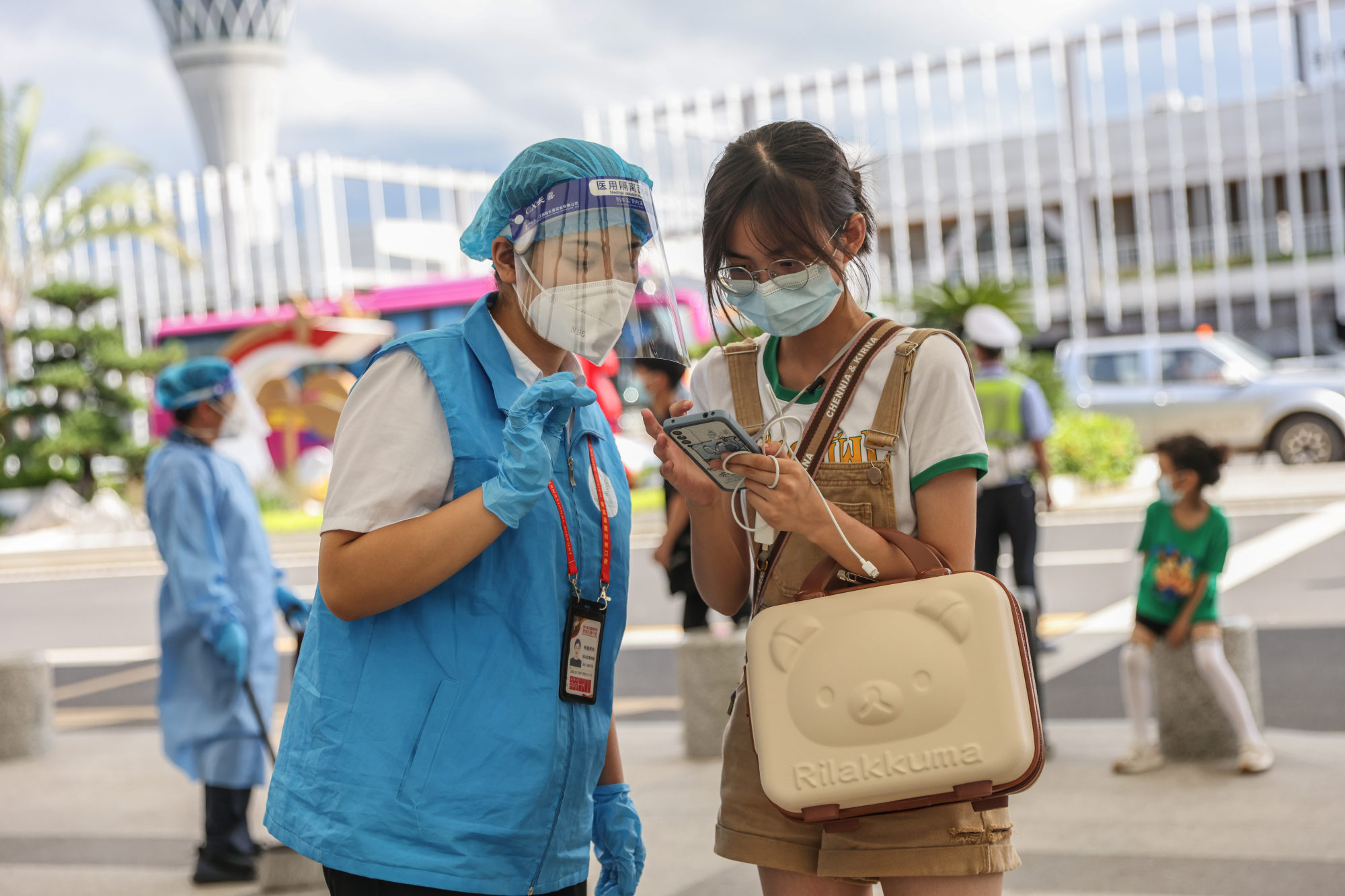
Hainan’s Covid chaos exposes the bad, ugly – and scary – of China’s virus control measures
- My family’s 23-day holiday nightmare is finally over. But it serves as more that just a cautionary tale for travellers in zero-Covid China
- It’s a story of local officials ignoring direct orders from Beijing, and an arbitrary, abusable health code system being used for social control
For almost a month, we were forced to become nomads – first stranded on the tropical island province, then trapped thousands of kilometres away in Tianjin for a week as we waited to be cleared for our return to the Chinese capital.
We have experienced the good, the bad and the ugly of China’s pandemic control measures, but our sorry saga is much more than just a cautionary tale for travellers. It also shows how fragmented and chaotic the country’s bureaucratic command structure still is, especially in a crisis.

The chaos and confusion has been on full show amid Hainan’s outbreak. Initially, we assumed that local authorities were to blame for us being stranded in the island province, as they seemingly feared censure if the highly infectious Omicron subvariant was allowed to spread to the rest of the country.
Japan tourism sector cheers looming changes to Covid-19 entry curbs
This left stranded tourists scrambling to book whatever flights were available, only to watch them get cancelled the following day.
In an attempt to get things moving again, Vice-Premier Sun Chunlan – China’s top pandemic-control official – reportedly visited Hainan on August 13 and ordered all other local governments to start accepting flights from the island again. The State Council also issued a formal notice along the same lines on the same day, but to no avail. Sun’s order was simply ignored.
It wasn’t until an official cable from Hainan’s provincial government was leaked online on August 15 that the situation started to improve. This cable accused officials in Jiangsu province of refusing to accept flights from Hainan and threatened to lodge a formal complaint with the State Council over the matter. Hainan officials also threatened to inform Jiangsu residents stranded on the island why they were unable to leave.

This caused an uproar online, triggering small-scale protests among stranded tourists as Jiangsu was apparently not the only offender. Unfortunately, such behaviour by provincial authorities is not unusual. Local officials frequently ignored the central government’s orders during the early days of the pandemic, as they dug up roads and blocked national highways to prevent people from coming and going.
It’s all very reminiscent of China’s Warlord Era (1916-27), when control of the country was divided among former military cliques who protected local interests and kept outside competition at bay.

China’s arbitrary health code system looks set to stay
The health code allows authorities to track and control people’s movements by assigning them a colour on the app. It follows a traffic light system: green allows the bearer to enter public spaces upon scanning a QR code; yellow and red do not.
When our family was stranded, all three of us saw our Hainan health code turn yellow at different times, making it impossible for us to leave the island.
We have since found that many tourists had similar experiences and it can only be assumed that this was a tactic deliberately deployed by the Hainan authorities to buy time as they negotiated with other provinces to start accepting flights from the island again.

In our case, matters were made worse by the Beijing municipal government’s ban on residents returning if they travel to a county or city where there is even one fresh confirmed case.
This comes in the form of a pop-up notification on the Beijing health code app, which prevents the bearer from taking any form of public transport to the capital until the place they are staying has had no new confirmed cases for seven consecutive days.

But the rule’s enforcement is arbitrary and confusing. When we were in Haikou, where only a handful of cases had been reported, some people – including my wife – saw their ban lifted and were allowed to fly back to Beijing.
My daughter and I were not so fortunate, however. We had to fly to Tianjin, a two-hour drive from Beijing, and quarantine in a hotel for three days while we waited for the pop-up notification to disappear. My wife, needing to return to work, was able to fly directly to the capital on August 16.
This is despite the fact that we had all stayed in the same low-risk area for 10 days and took daily Covid-19 tests, all of which came back negative. These tests are apparently worthless, as most tourists from Hainan had to be quarantined for at least three days upon returning to their home provinces, according to state media and online reports.
China’s zero-Covid policy causes widespread hardships. So why keep it?
Meanwhile, my daughter and I could only pray that no new cases were reported in Tianjin during our enforced impromptu stay. On Tuesday, our prayers were answered, the pop-up notifications disappeared and we were finally able to return home.
From the Chinese government’s perspective, the health code system has worked wonders in controlling both the spread of the virus and the population. It’s hard to imagine the authorities voluntarily giving up such powers, even once the pandemic is over.
Wang Xiangwei is a former editor-in-chief of the South China Morning Post. He is now based in Beijing as editorial adviser to the paper

